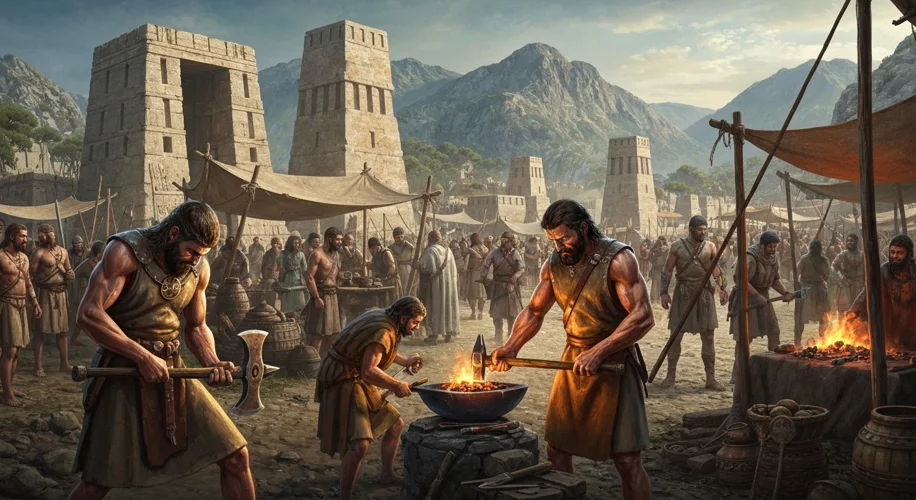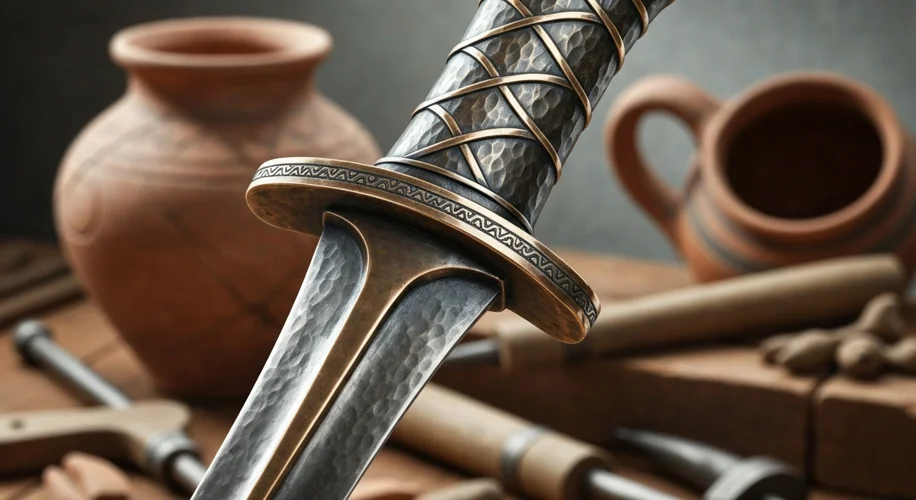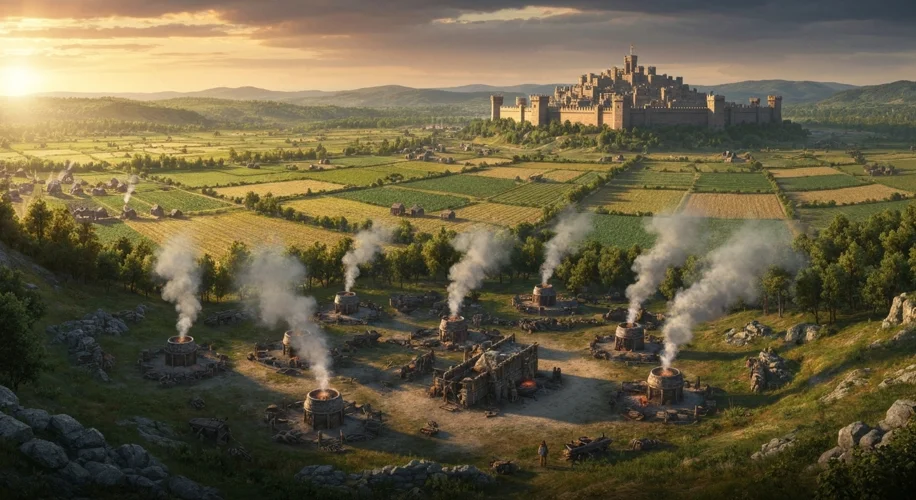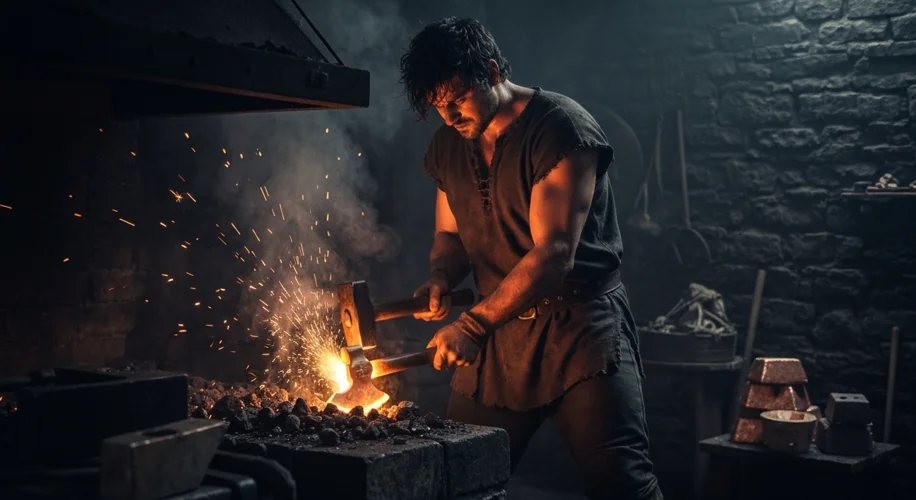Imagine a world before steel, before iron. A world where the strongest tools and weapons were crafted from wood, stone, and bone – materials that dulled, chipped, and broke with frustrating ease. Then, as if by magic, a new substance emerged from the earth, a shimmering, malleable metal that promised strength, durability, and a revolution in human capability. This was the dawn of the Bronze Age.
For millennia, early humans had tinkered with metals. They’d found nuggets of native copper and hammered them into simple ornaments. But it wasn’t until around 3300 BCE in the Near East that a profound discovery was made: when copper was combined with tin, it transformed. The resulting alloy, bronze, was harder, melted at a lower temperature, and was far more versatile than pure copper. This was no mere accident of nature; it was the birth of metallurgy as a sophisticated craft.
The journey to bronze was a complex dance of discovery, experimentation, and trade. The key ingredients, copper and tin, rarely occurred in the same locations. Copper was more widespread, found in regions like Anatolia (modern-day Turkey). Tin, however, was scarcer, often mined in places like Afghanistan or Cornwall in Britain. This geographical reality spurred the first great international trade networks. Caravans laden with precious tin snaked across continents, their journeys fraught with peril, all to fuel the furnaces that would shape the future.

Consider the humble axe. A stone axe might fell a few trees before its edge crumbled. A bronze axe, however, could chop through wood with relentless efficiency. This wasn’t just about better tools; it was about transforming landscapes. Forests could be cleared for agriculture at an unprecedented rate, expanding the land available for cultivation and supporting larger populations. The sickle, too, was reimagined in bronze, making the harvest quicker and more bountiful, a vital step in ensuring food security.
But the true allure of bronze lay in its potential for warfare. Swords forged from stone or bone were flimsy, often breaking after a single significant blow. Bronze swords, on the other hand, could be thrust and parried, their edges honed to a keen sharpness that could pierce through leather armor and even some early forms of metal protection. Spearheads, daggers, and arrowheads crafted from bronze gave warriors a distinct advantage. This technological leap had profound social and political consequences. Societies that mastered bronze production and acquisition gained a significant military edge, leading to the rise of powerful chieftains, fortified settlements, and increasingly complex social hierarchies. The very landscape of conflict changed, leading to the era’s characteristic ‘palace economies’ and the rise of formidable city-states like those in Mesopotamia and the Aegean.
Let’s visualize this. Imagine a warrior from the late Neolithic period, armed with a stone-tipped spear. He faces an opponent from the early Bronze Age, clad in a bronze helmet and cuirass, wielding a bronze sword. The outcome of such a clash was almost a foregone conclusion. This wasn’t just a shift in weaponry; it was a shift in power.
The impact of bronze extended beyond tools and weapons. It influenced art, ritual, and daily life. Elaborate bronze vessels, intricate jewelry, and decorative items spoke of wealth and status. The ability to cast bronze allowed for the creation of complex molds, enabling the mass production of standardized items. This was the genesis of early engineering and manufacturing.

The process itself was a marvel of ancient ingenuity. It involved sophisticated mining, smelting (heating ores to extract the metal), alloying (mixing copper and tin in precise ratios), and casting. This required deep knowledge of materials, fire, and the creation of molds, often from clay or stone. The secrets of bronze-making were closely guarded, often held by a specialized class of artisans who wielded both practical skill and a degree of mystique.
This knowledge didn’t spread uniformly. The Bronze Age unfolded at different paces across the globe. While the Near East and the Aegean embraced it early, other regions like Northern Europe experienced its arrival later, often through trade and cultural diffusion. The discovery of tin sources, for example, played a crucial role in the development of Bronze Age societies in Britain.
The legacy of the Bronze Age is undeniable. It laid the groundwork for subsequent metallurgical advancements, ushering in the Iron Age and eventually the industrial revolutions that shaped the modern world. But more than that, it represents a pivotal moment when humanity learned to fundamentally reshape its environment and its destiny, all through the transformative power of fire and metal. It was an age forged in the crucible, an era that truly shone with the luster of bronze.


